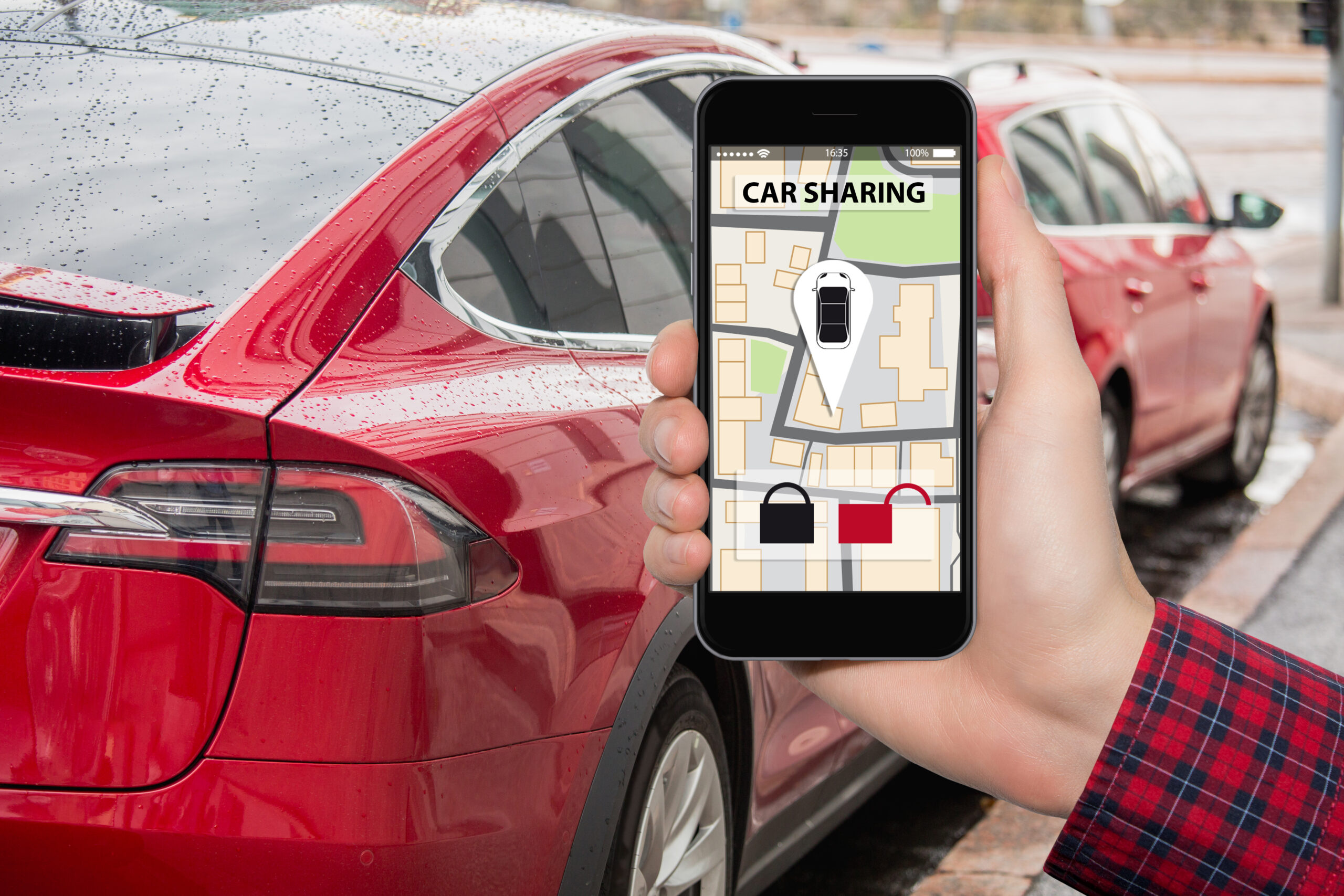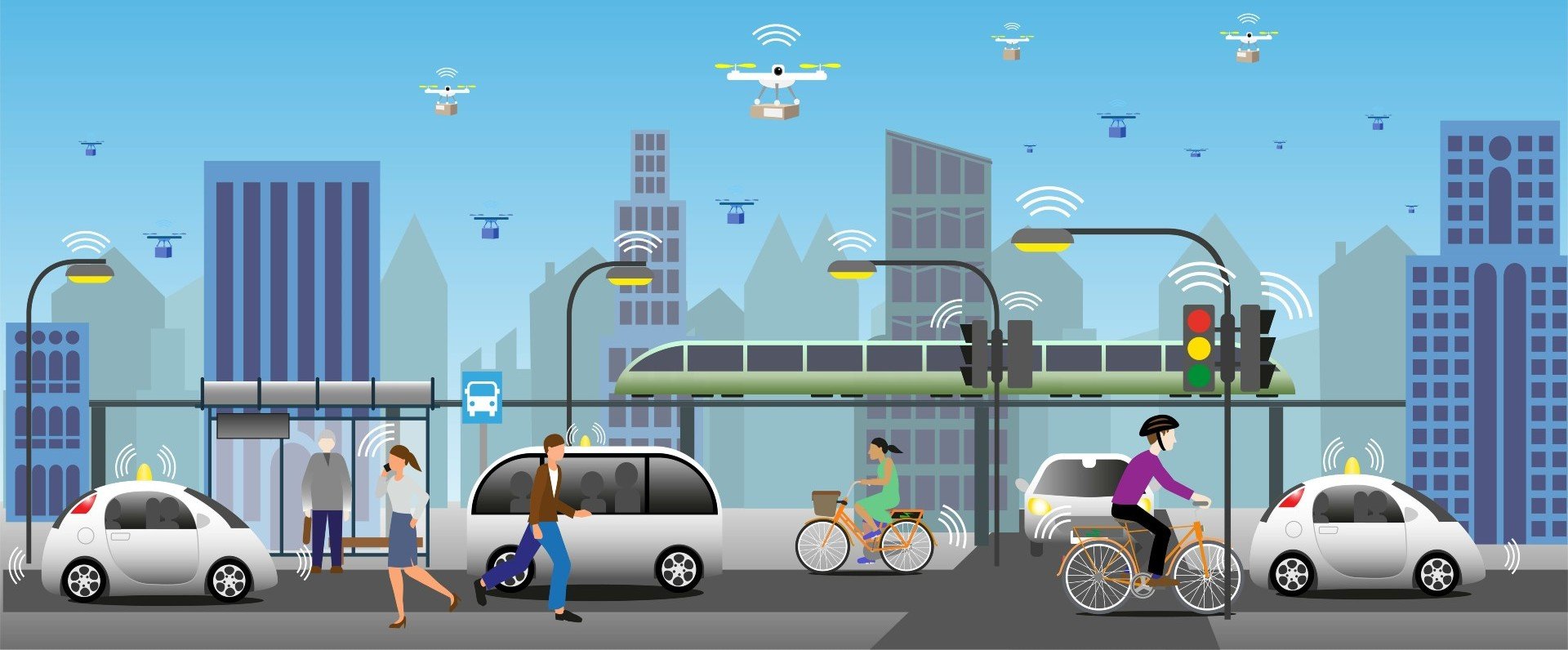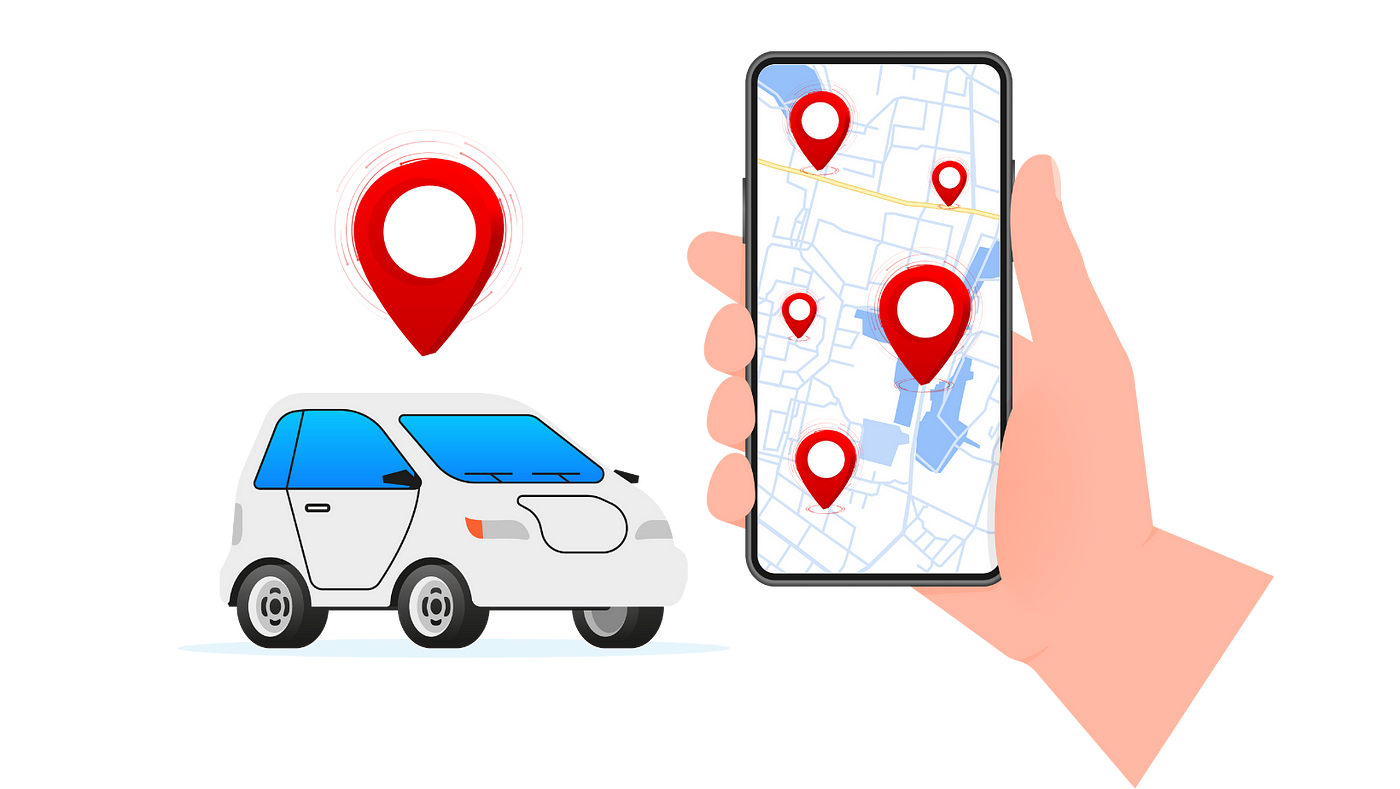Personal Mobility Solutions: Revolutionizing Transportation with Car-Sharing, Ride-Hailing, and Subscription Models – In recent years, the landscape of personal mobility has witnessed a transformative shift, thanks to innovative solutions that go beyond traditional car ownership. Car-sharing, ride-hailing, and subscription models have emerged as prominent players, offering flexible and convenient alternatives to owning a vehicle. In this article, we explore the dynamics of these personal mobility solutions and their impact on the way people move.

1. Car-Sharing: Embracing Shared Mobility
Car-sharing introduces a paradigm shift by allowing individuals to access a vehicle when needed without the commitment of ownership. Users can locate and book available cars through dedicated platforms, unlocking a cost-effective and sustainable alternative for short-term transportation needs. This model promotes efficient resource utilization and reduces the overall number of vehicles on the road.
2. Ride-Hailing: On-Demand Transportation at Your Fingertips
Ride-hailing services have revolutionized point-to-point transportation. Through smartphone applications, users can summon a driver at their location, facilitating convenient and timely travel. Ride-hailing not only enhances accessibility, especially in urban areas, but also offers a flexible commuting option without the responsibilities associated with owning a car.
3. Subscription Models: Beyond Ownership to Access
Subscription-based mobility models provide users with a flexible and hassle-free approach to personal transportation. Instead of committing to a long-term ownership arrangement, subscribers pay a monthly fee for access to a fleet of vehicles. This model aligns with changing consumer preferences, offering variety and adaptability without the burdens of maintenance and depreciation.
4. Cost Efficiency: Redefining Transportation Economics
One of the primary attractions of these personal mobility solutions is their cost efficiency. Car-sharing eliminates the expenses associated with owning a vehicle, such as insurance, maintenance, and parking. Ride-hailing and subscription models offer users the benefit of paying for transportation as a service, often proving to be more economical than traditional ownership.
5. Environmental Impact: Contributing to Sustainability
Shared mobility solutions play a role in promoting sustainability by optimizing the utilization of existing vehicles. Car-sharing reduces the demand for new cars, leading to fewer manufacturing and resource-intensive processes. The consolidated use of vehicles in ride-hailing and subscription models can contribute to a reduction in overall carbon emissions.
6. Urban Mobility Solutions: Addressing Congestion

In densely populated urban areas, personal mobility solutions alleviate traffic congestion by encouraging shared transportation. Car-sharing and ride-hailing services can potentially reduce the number of private vehicles on the road, mitigating traffic challenges and creating more sustainable urban mobility ecosystems.
7. Technological Integration: Enhancing User Experience
Technology is at the heart of these mobility solutions, offering users seamless and intuitive experiences. Smartphone apps, GPS tracking, and payment integrations streamline the entire process, making it easy for users to access, book, and pay for transportation services. The integration of advanced technologies also contributes to safety and reliability.
8. Evolving Consumer Preferences: A Shift in Mindset
Changing consumer preferences, especially among younger demographics, contribute to the popularity of personal mobility solutions. The desire for flexibility, on-demand services, and reduced financial commitments align with the principles underpinning car-sharing, ride-hailing, and subscription models.
9. Regulatory Considerations: Adapting to New Norms
The rise of personal mobility solutions has prompted regulators to adapt and establish frameworks to govern these services. Striking a balance between innovation and ensuring safety, compliance, and fair business practices is an ongoing process as these models continue to evolve.
10. Future Prospects: Integration and Expansion
The future of personal mobility lies in the integration of these diverse solutions and their expansion into new markets. The automotive industry is witnessing collaborations between traditional automakers and mobility service providers, creating synergies that offer consumers a spectrum of choices for their transportation needs.
Conclusion: A Dynamic Future of Personal Transportation
In conclusion, the advent of car-sharing, ride-hailing, and subscription models* represents a dynamic shift in how people approach personal transportation. These innovative solutions not only provide alternatives to traditional car ownership but also contribute to the ongoing evolution of urban mobility. As technology continues to advance and consumer preferences evolve, the landscape of personal mobility is poised for further transformation, offering individuals more choices, flexibility, and efficiency in how they navigate the world. The future of transportation is undoubtedly diverse, personalized, and driven by the principles of shared access and convenience.
Read More: Autonomous Driving Technology: Navigating the Road to Self-Driving Cars









4 thoughts on “Personal Mobility Solutions: Revolutionizing Transportation with Car-Sharing, Ride-Hailing, and Subscription Models”
Comments are closed.